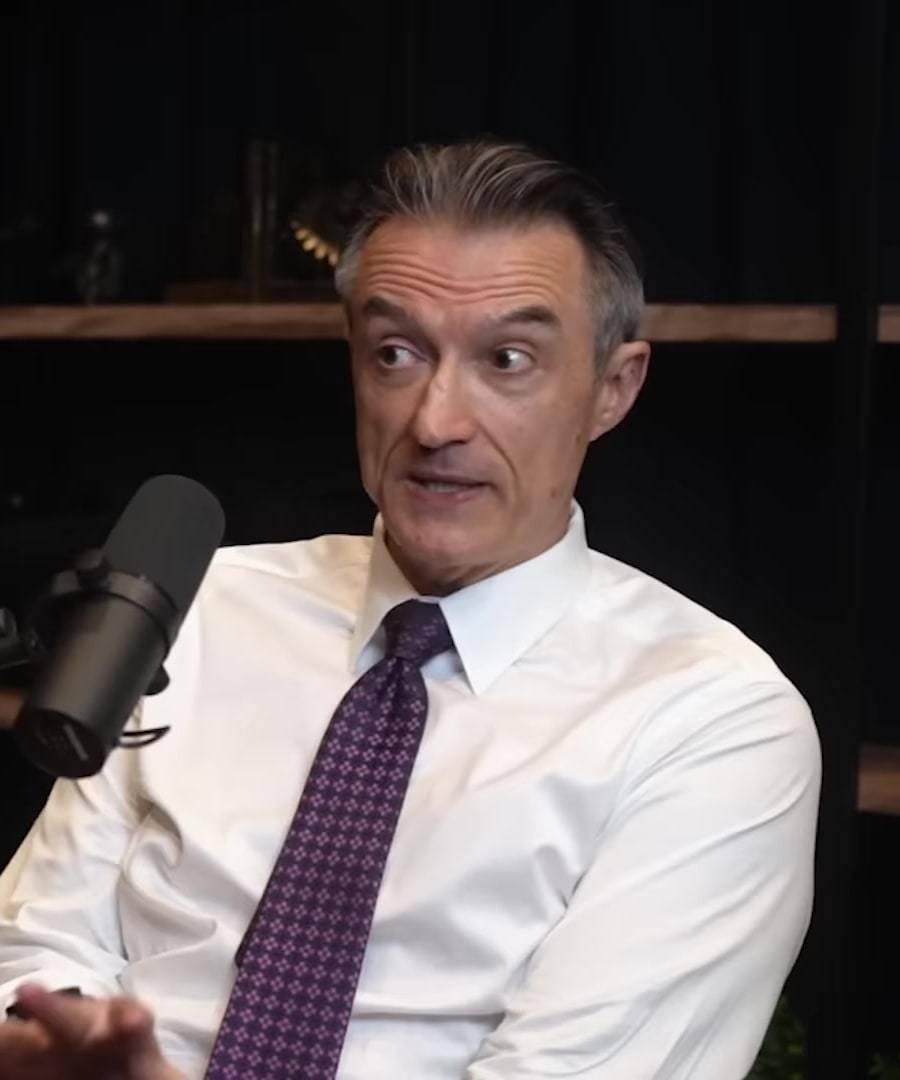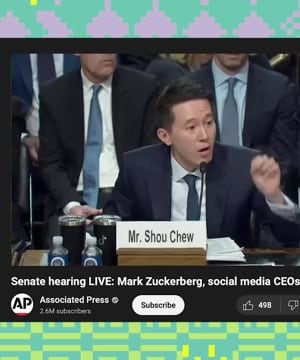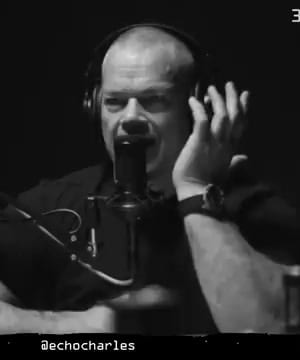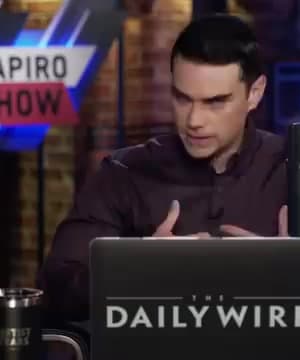Weaponizing children
Sources:
The weaponization of children occurs in various contexts, each carrying significant ethical and social implications:
-
Parental Alienation: In high-conflict divorces, children can be used as tools against the other parent. This manipulation can subtly alienate a child from one of their parents, affecting their perception and relationship with that parent without overt statements. This misuse of children in domestic settings is often challenging to prove legally and can have long-lasting psychological impacts on the child 1.
-
Technology and Social Media: Children are also weaponized in the digital arena where platforms might fail to protect them from exploitation and harmful content. Regulatory discussions suggest that more robust measures need to be in place to ensure children's safety on these platforms 2.
-
Armed Conflict: Children are used as human shields or active combatants in wars, which is both a grave human rights violation and a strategy to gain sympathy or leverage in conflict situations. This exploitation is distressingly common in certain conflict zones, where children are seen less as individuals with rights and more as tools in warfare 3.
-
Social and Political Movements: Children are sometimes incorporated into political or social movements, not always with full understanding or consent. This involves using their perceived innocence or emotional appeal to further causes, which might lead to discussions on the ethics of involving minors in complex issues beyond their comprehension 4.
-
Educational and Ideological Indoctrination: Children's education can be hijacked to instill certain political or ideological beliefs, often under the guise of improving societal values. This can be controversial, particularly when it involves fundamental changes to the curriculum that align with specific political ideologies without parental consent 5.
Each of these instances represents a different facet of how children can be, and are, weaponized in various societal, political, and personal contexts.
RELATED QUESTIONS-




